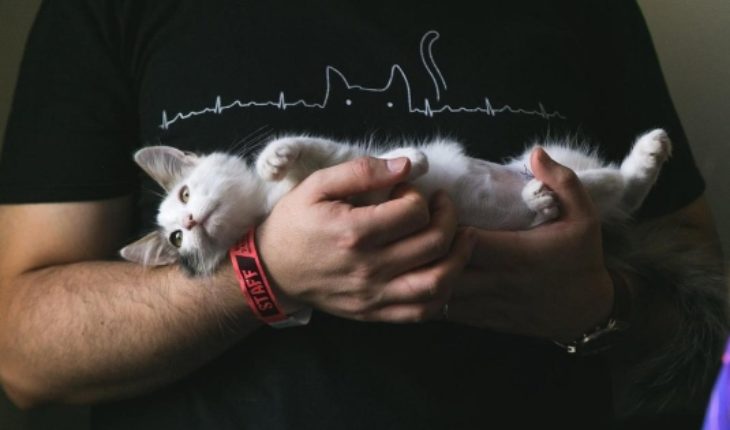Pets have become an important part of the lives of many Chileans, becoming fundamental companions. So much so that according to the VIII Family Budget Survey (EPF), 35.2% of households in the country’s regional capitals spend part of their budget in the care of their pets.
Among the most common pets are cats. These new family members are the protagonists of many homes, so their masters invest time and resources in various products to ensure the well-being of their pet.
One of the most important aspects for caring for them is the sanitary sand. Cats, like good territorial animals, are not comfortable doing their needs anywhere, so having at their disposal a sanitary tray with quality sand is essential to give them well-being and, at the same time, be responsible with the environment.
How to make the best decision
Verónica Balazs, vice president of the Chilean Association of Veterinary Dermatology (Achidev), noted that “for those who have cats as pets in apartments or houses, it is essential to have trays and sanitary sand for the bowel movements of their gifts, because they have habits that need to be known to ensure the greatest possible effectiveness of these elements.”
In the sense, the expert recommends, for example, “putting one box more than the number of cats in the house. For example, if there is a cat, place two boxes; 2 cats, 3 boxes and so on. Cats have ways of being different from each other and it is important to select an arena that the cat accepts, that is large enough, that is far from the area where it eats or drinks and that has a type of sand that the cat accepts.”
Ecological sand
A few months ago a type of sand arrived in Chile that, in addition to its usual use, is an environmentally friendly product. Brought from Germany, “it is an ecological sand that is made 100% of wood and vegetable fibres, without any
additive,” explained Paulo Aguilar, general manager of Limax, the importer of the Cat’s Best brand.
This ecological sand is binding and good encapsulating odors, “because it has a natural neutralizing property. It is also capable of absorbing up to seven times its weight, which means that a sack of only two kilos lasts approximately
four weeks for a cat.”
The interesting thing is that “it can be disposed of very easily by the toilet of our home and is 100% compostable, unlike the other sands made based on bentonite or silica. Another difference is that it does not throw any harmful dust that our cats can breathe.”
They are made of recyclable materials such as corn, wheat and pine. Some even use recycled disposable products such as paper and nut shell.
translated from Spanish: The importance of sanitary sand in cat care
August 19, 2019 |





